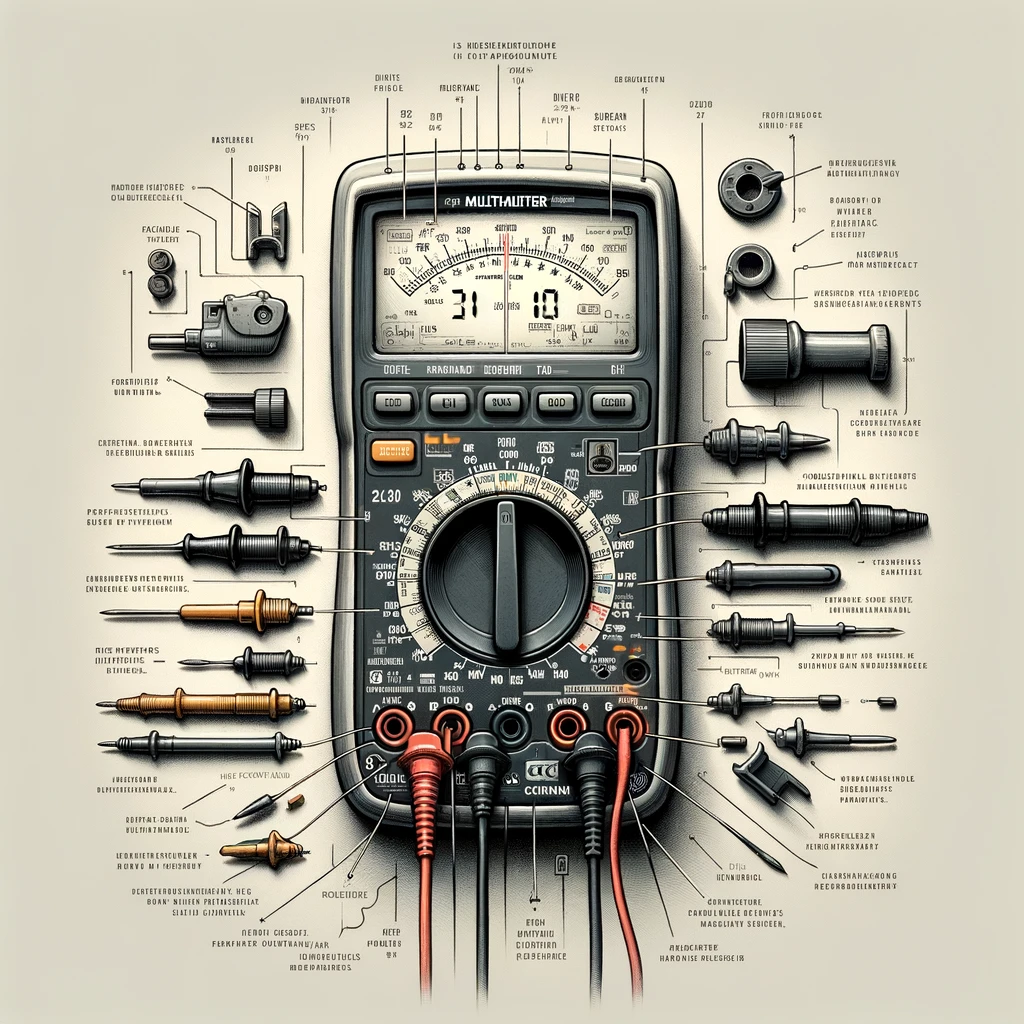The Electric Heartbeat
In a cozy corner of the city, where the aroma of coffee mingled with the whispers of creativity, Lucas, an electrician with a mind tuned to the frequencies of currents and circuits, found an unexpected haven. The coffee shop, a bustling nexus for local artists, offered him a respite from the logical lines of his day-to-day life. Here, amidst the steam and the murmur of conversations, he felt a different kind of energy—one that sparked inspiration rather than electrical fires.
Ella, the barista behind the counter, was a poet at heart. Each cup she poured was a verse, every order a line in the sonnet of her day. The coffee shop was her stage, a place where she could blend the richness of coffee with the depth of words, creating a sanctuary for the city’s dreamers and doers alike.
Their paths crossed over a malfunctioning espresso machine, a crisis in the world of caffeine that Lucas was called upon to resolve. As he worked, Ella watched, fascinated by the ease with which his hands navigated the tangle of wires—a ballet of precision and skill.
“Looks like you’re the one who keeps the heart of this place beating,” Ella commented, her tone playful yet sincere.
Lucas looked up, a smile playing on his lips. “Just doing my part to keep the current flowing. Without this machine, it seems like everything comes to a halt.”
Ella laughed, the sound mixing with the ambient noise of the shop. “And here I thought it was the coffee that kept the world turning. Maybe it’s the electricity after all.”
Their flirtation sparked in the space between metaphors and megawatts, conversations drifting from the poetry of circuits to the rhythm of verse. Lucas found himself drawn to the shop more often, under the guise of maintenance checks, but in truth, it was Ella’s company he sought.
One evening, as Lucas was leaving, Ella called out to him, a notebook in hand. “I wrote something for you,” she said, her voice tinged with a mix of nerves and excitement. “It’s about… well, electricity.”
As she read, Lucas listened, captivated. Her words painted a picture of connection and energy, of paths intertwining and circuits completing. It was a poem about them, about the unseen currents that had drawn them together.
When she finished, the silence that hung between them was charged with emotion. Lucas stepped closer, his heart beating a rapid tempo.
“Ella,” he said, his voice low, “your words… they’re like electricity. They’ve lit up something inside me that I didn’t know was there.”
Ella met his gaze, her eyes shining with unspoken feelings. “Lucas, I think that’s what love is,” she whispered back. “A current that finds its way, no matter the resistance. With you, I feel like everything just… flows.”
In that moment, in the soft glow of the coffee shop’s lights, Lucas and Ella discovered the electric heartbeat of their connection. Love, they realized, was indeed like electricity—unseen but powerful, capable of lighting up the darkest corners of their lives, flowing through the path of least resistance to bring them together.
“Our connection? It’s electric, measured in smiles and laughter, proving that love is the ultimate conductor.”

The multimeter, originally known as a VOM (volt-ohm-milliammeter), has a rich history that dates back to the early 20th century. The first multimeter was introduced in the 1920s, combining the ability to measure voltage, resistance, and current within a single unit, thereby revolutionizing the way electricians and technicians diagnosed electrical problems and systems. This innovation significantly enhanced the efficiency and accuracy of electrical work, making it an indispensable tool in the field. The development of the digital multimeter in the 1970s, with advanced precision and the ability to provide digital readouts, further cemented the multimeter’s place in both professional and amateur electrical toolkits. The multimeter’s evolution reflects the advancements in electrical engineering and technology, mirroring the progression in how humans understand and manipulate electricity. In “The Electric Heartbeat,” the multimeter symbolizes the intersection of science and art, where the electrician’s technical world meets the barista’s poetic one, sparking a connection that illuminates the unseen currents of love and creativity.